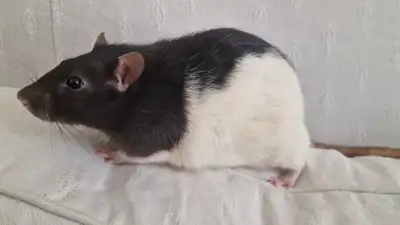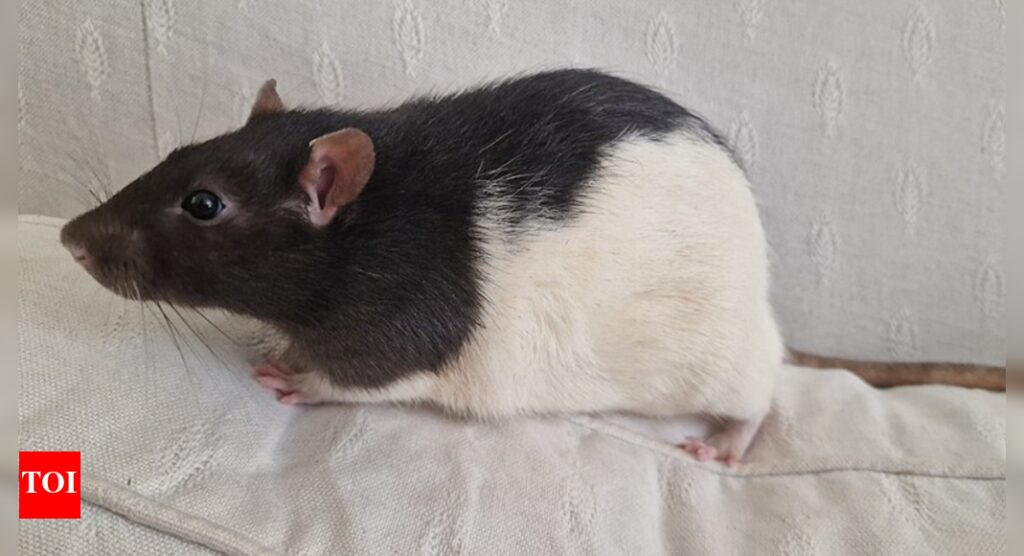
In a remarkable scientific breakthrough, researchers at Rockefeller University have inserted a human-specific gene into mice, revealing fascinating changes in their communication. By introducing the NOVA1 gene, a critical player in human brain development, scientists observed that the mice began producing different kinds of squeaks. These changes were not minor; the modified mice exhibited higher-pitched sounds and a new mixture of vocal patterns. This experiment offers a glimpse into how small genetic shifts might have played a monumental role in shaping human language. Could a single gene be one of the secrets behind humanity’s unique ability to communicate?
What happens when a human gene is inserted into mice
The NOVA1 gene, although present in many animals, exists in a slightly different form in humans. When scientists introduced this human version into mice, the effects were surprising. Baby mice carrying the modified gene produced distinctly different vocalisations compared to normal mice, altering how they called out to their mothers.
How did mice’s communication change
Under normal conditions, baby mice squeak in ultrasonic sounds, typically categorised into four types: S, D, U, and M. However, after the human NOVA1 gene was inserted, some of these basic “sound letters” changed. As the mice grew up, male mice also showed greater variety and complexity in their calls when courting females.
Importance of NOVA1 for vocalisation
NOVA1 is known to regulate the activity of many genes, particularly those involved in brain development and movement control. The study revealed that genes associated with vocal communication were among its main targets. This suggests that NOVA1 may have a direct influence on how complex communication systems evolve.
What does this tell us about human evolution
Remarkably, the human-specific version of NOVA1 — containing a tiny I197V amino acid change — is absent in Neanderthals and Denisovans. Scientists believe this slight difference might have given early Homo sapiens a major evolutionary advantage, allowing them to communicate more effectively and survive better than their ancient cousins.
“We thought, wow. We did not expect that. It was one of those really surprising moments in science,” said Professor Robert Darnell, who led the study.
This groundbreaking research provides a new lens through which we can view the origins of human language and the small but mighty genetic changes that may have made us who we are today.














